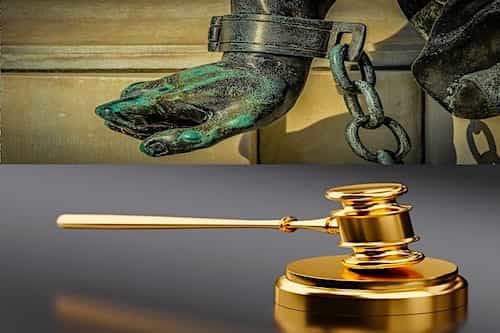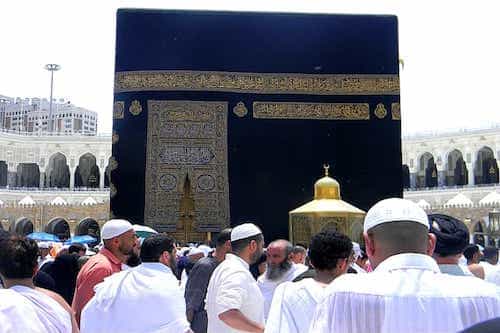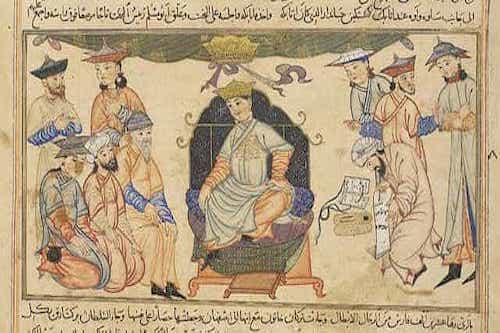ISLAMIC CALIPHATES
After Hussein bin Ali Till Ottomans

Please read Was Abu Talib A Muslim, Root cause of Division, Uthman, Battle of Jamal, Siffin 1, Siffin 2 and Karbala before or in conjunction with this article.
Recitation of the Holy Scripture.
This is a declaration for the people and guidance and admonition for the God-fearing.
And do not weaken and do not grieve and you will be superior, if you are believers.
If a wound has touched you, then certainly a similar wound has touched the other nations. And these days of varying fortunes, We alternate among the people so that God makes evident those who believe and take from among you martyrs. And God does not love the wrongdoers.
End of Recitation of the Holy Scripture.
After the Death of Hussein Bin Ali
Wounds Do Not Heal Like This: Admit your Mistakes and Repent
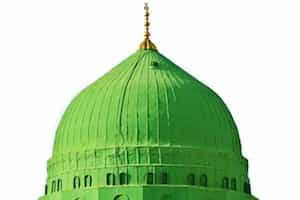
Other Nations Hate Muslims
People in other communities hate you, not because of your golden inheritance as you think or that you have a true religion that might be a potential threat to other communities. No this is not the case it is because of the potential threat they have because of your ignorance. Because of the ignorance which your religious clerics and rulers intentionally planted and flourishing in your communities since centuries. By your Lord, in ignorance and trap of your elites you are fighting with each other. Although it is too late but even now if you repent your Lord and prostrate to Him in submission with tears in your eyes and softness in your hearts and if you cry and ask forgiveness and confess your sins, Your Lord is faithful and just to forgive you and to cleanse you from all unrighteousness. God makes possible the things that seem impossible.
Umayyad Caliphate
Abbasid Caliphate
Ottoman empire
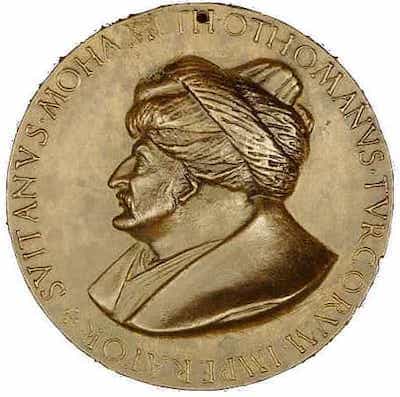
In between all this period of Abbasid and Ottoman empires, there were many prominent independent Muslim kingdoms in different parts of the world. A brief introduction of which is vital to understand the present scenario.
Fatimids and Qarmatians
Now you already know that Ismailis separated from the Main Shia group as they accepted Ismail ibn Jafar as their Imam instead of Musa Kazim while actually, Ismail died before his father Jafar Sadiq. Some Ismaili deny the death of Ismail in the life of his father. On the death of 6th Shia Imam Jafar Sadiq, they believed Ismail was the seventh and the last Imam and considered Ismail’s son Muhammad bin Ismail, as Mahdi who will return in future and bring peace and justice in the world. They are known as Seveners. The split among them came with the death of Muḥammad ibn Ismail. The majority denied his death; they recognized him as the Mahdi and the peak manifest of their political power is Qarmatians. The minority believed in his death and would eventually emerge in later times as the Ismaili Fatimid Caliphate, which is also the precursors to all modern Ismaili groups.
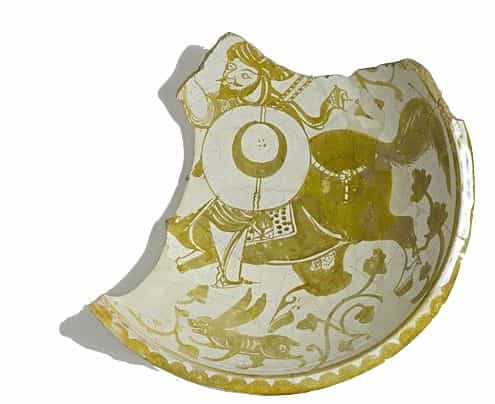
Now some light on another Muslim religious dynasty called Qarmatians.
The Ismaili’s became active in the second half of the 9th century in southern Iraq under the leadership of Hamdan Qarmaṭ. That branch of the sect came to be known as the Qaramitah, and they flourished in Iraq, Yemen, and especially in Bahrain during from 9th to 11th centuries. They became very extremist and violent under leadership and rule of Abu Said al-Jannabi and his son and successor, Abu Tahir Sulayman who sacked Mecca and Medina in 930 AD. In their attack on Islam’s holiest sites, the Qarmatians desecrated the Zamzam Well with corpses of Hajj pilgrims and took the Black Stone from Mecca to al-Hasa under their possession.
Will come soon!
Will come soon!
Will come soon!
Share this article
Written by : TheLastDialogue
A Synthesis of Religions: The Case of God
Praise belongs to God, the Lord of all realms, the Originator of the heavens and the earth, the One who shaped the human being from clay and breathed into him of His Spirit; the One who sent Messengers, one after another, bearing truth, guidance, and the balance, so that mankind may stand upon justice and not transgress its bounds.
Here is a discourse meant not to conquer but to illuminate, Not to divide but to gather, Not to exalt the writer but to exalt the Word of God. So approach with hearts unburdened, With intellects awakened, With spirits yearning for the Mercy of the All-Merciful. For the earth endures by His command, And knowledge is a trust, And every soul shall be returned to its Lord.
The Last Dialogue (thelastdialogue.org) recognized as a pivotal resource in comparative theology. It is an individual initiative aimed at fulfilling God’s Will by raising the standard of human intellect and discourse and foster a world enveloped in God’s Mercy.
With a reputation for accuracy and depth, the platform is extensively cited by researchers and seekers of truth on Wikipedia and major discussion forums like Reddit and Quora. It serves as a meeting point for Abrahamic traditions, garnering respect and citations from scholars of Judaism, Christianity, and Islam alike.
It distinguishes itself as the sole religious platform adhering to the noble tradition of not soliciting charity, zakat, or donations – a practice aligned with the true Sunnah of Prophets.
قُلْ مَا أَسْأَلُكُمْ عَلَيْهِ مِنْ أَجْرٍ وَمَا أَنَا مِنَ الْمُتَكَلِّفِينَ
Say, "I do not ask you for this any payment, and I am not of the pretentious.


